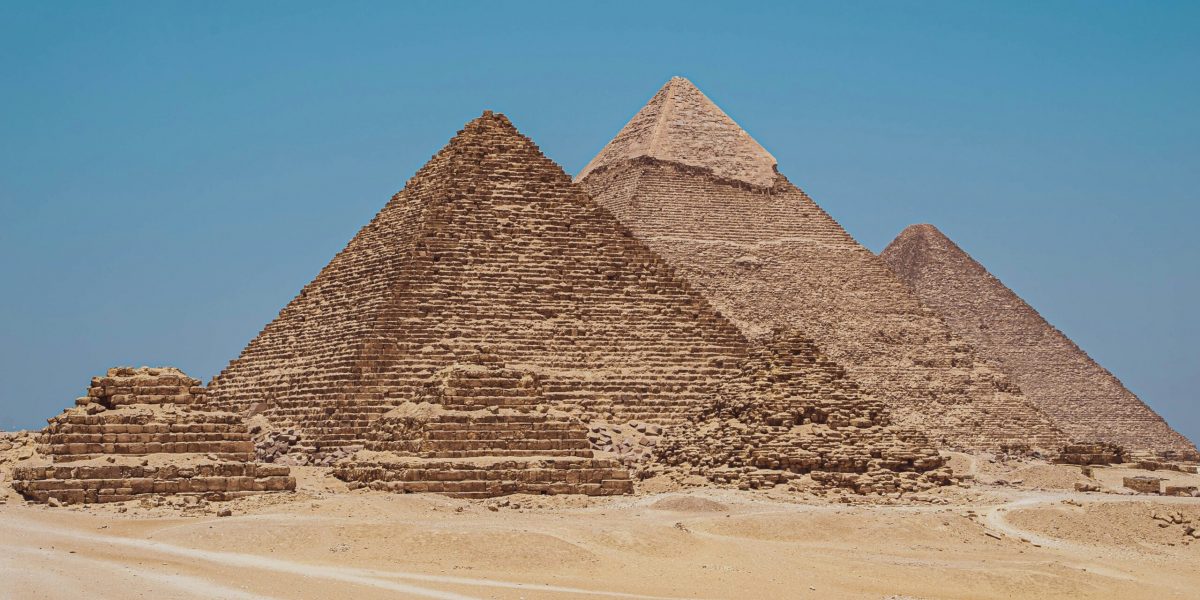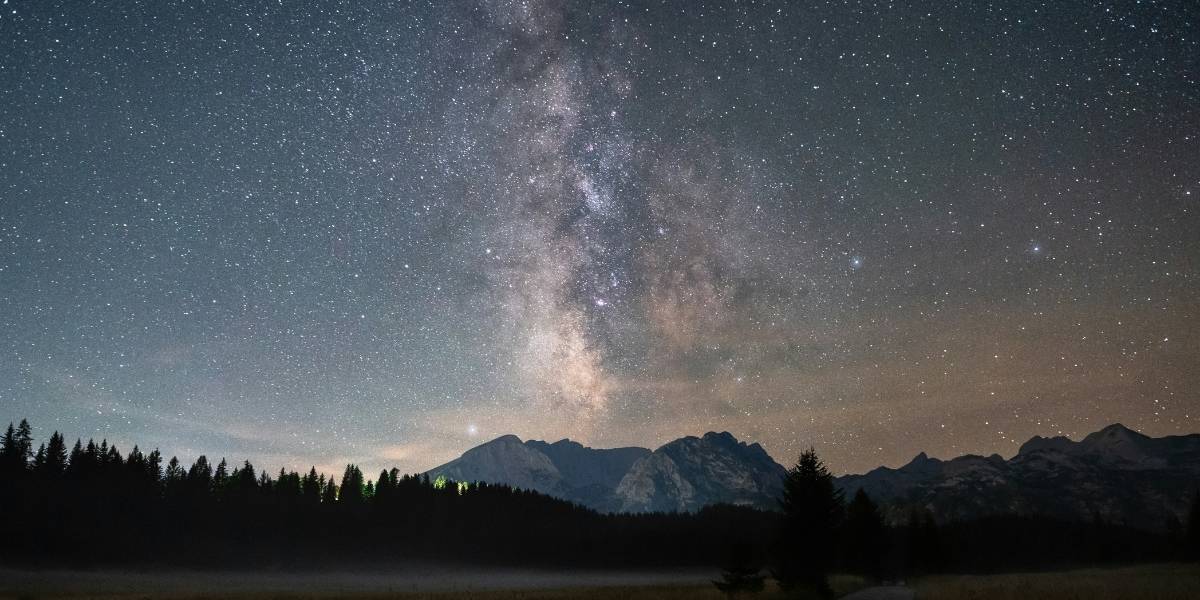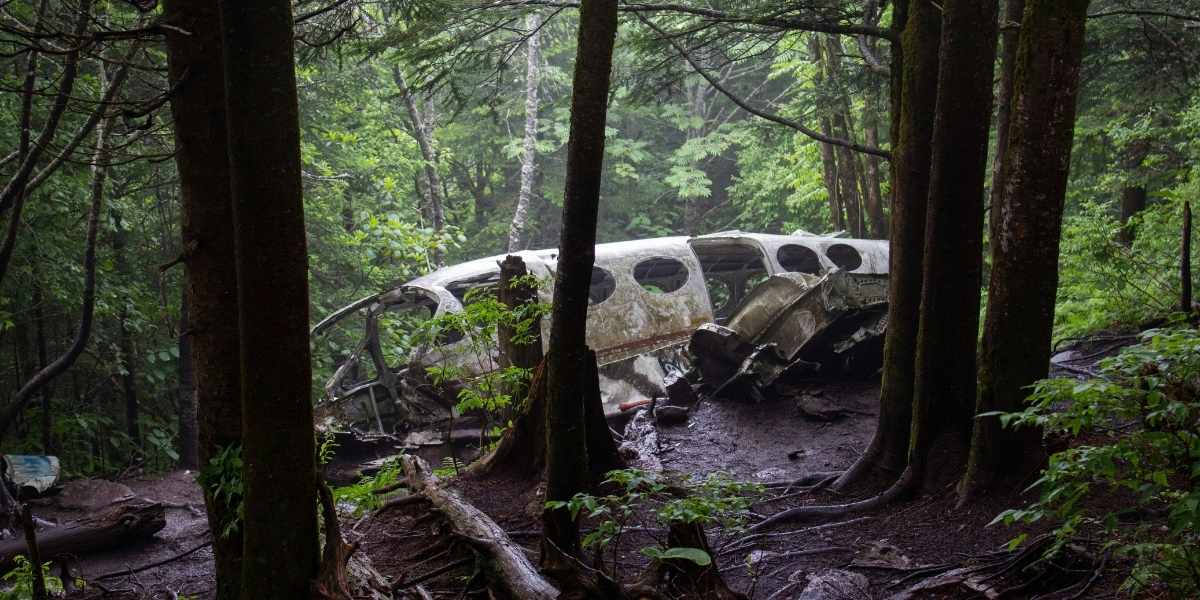The Significance of World Heritage Sites: A Journey Through Time and Culture
World Heritage Sites are more than just landmarks; they represent the essence of human history, culture, and nature. These designated locations hold exceptional value for humanity, either due to their cultural, historical, scientific, or natural significance. From ancient cities and monuments to lush landscapes and vibrant ecosystems, each site tells a unique story that transcends time and connects people across the globe. As travel destinations, they offer an immersive experience into the heart of different civilizations, while also raising awareness about the importance of conserving these irreplaceable treasures for future generations.
What Makes a World Heritage Site Unique?
The term “World Heritage Site” was introduced by the United Nations Educational, Scientific and Cultural Organization (UNESCO) in 1972 with the Convention concerning the Protection of the World Cultural and Natural Heritage. A World Heritage Site is recognized for its outstanding universal value, and each one must meet specific criteria established by UNESCO. These criteria are designed to highlight a site’s exceptional cultural, historical, or natural significance, ensuring that it holds value not just for the country in which it is located but for the entire world.
There are currently more than 1,100 World Heritage Sites around the world, scattered across 167 countries. These sites fall into three main categories: cultural, natural, and mixed (both cultural and natural). The cultural category includes historic cities, monuments, and architectural masterpieces, while natural sites include areas of outstanding natural beauty or exceptional biodiversity. Mixed sites combine both aspects, recognizing the interplay between human history and the natural environment.
Each World Heritage Site is a living testament to human achievement and the beauty of our planet. Whether it is the grandeur of the Great Wall of China, the pristine waters of the Galápagos Islands, or the ancient rock art of Australia’s Kakadu National Park, these sites offer invaluable insights into the diversity of life and human culture across the centuries.
Why Are World Heritage Sites Important for Travelers?
For travelers, visiting World Heritage Sites is an opportunity to step back in time and immerse themselves in the rich stories of our past. These sites offer more than just breathtaking views or architectural marvels—they are a gateway to understanding the shared history of humankind. Whether it’s marveling at the Pyramids of Egypt or experiencing the ancient traditions of Kyoto’s temples, these sites offer a window into different cultures and histories that have shaped the world we live in today.
One of the most appealing aspects of visiting World Heritage Sites is their authenticity. Unlike modern tourist attractions, these sites have been preserved or restored to maintain their original integrity. When walking through a World Heritage Site, you are not just looking at a historical artifact; you are experiencing a living piece of history that has withstood the test of time.
For example, when visiting the historic center of Rome, a UNESCO World Heritage Site, travelers are not just walking through ruins; they are stepping into a city that has been the epicenter of Western civilization for centuries. Similarly, a visit to the Great Barrier Reef offers more than just beautiful coral reefs—it’s an opportunity to witness one of the most diverse marine ecosystems in the world, showcasing the intricate relationship between life on Earth and the natural environment.
These sites often provide an educational experience. Many World Heritage Sites have museums, visitor centers, and guided tours that offer detailed information about the site’s history, cultural significance, and ongoing conservation efforts. This helps travelers gain a deeper appreciation for the preservation work needed to protect these invaluable treasures.
The Role of Conservation in Protecting World Heritage Sites
The preservation and conservation of World Heritage Sites are vital to ensuring that these landmarks continue to inspire future generations. As the world becomes increasingly urbanized and globalized, many of these sites face significant challenges from factors such as climate change, over-tourism, urban development, and natural disasters.
The historic city of Venice, Italy, a UNESCO World Heritage Site, has faced increasing threats from rising sea levels and sinking foundations. Similarly, Machu Picchu, the ancient Incan city in Peru, struggles with the pressure of mass tourism, which can damage the site’s fragile infrastructure. In response to these threats, UNESCO and local governments work together to implement measures that protect and preserve these sites, ensuring that they remain intact for future generations.
Efforts to conserve World Heritage Sites often involve a combination of restoration, research, and sustainable tourism practices. Local communities, governments, and international organizations collaborate to strike a balance between maintaining the site’s historical integrity and allowing tourists to experience its beauty. In some cases, visitor access may be limited, or certain parts of a site may be closed to prevent over-tourism from damaging the environment or infrastructure.
The Galápagos Islands have strict visitor regulations to protect their unique ecosystems. Tourists are only allowed to visit certain areas, and they must be accompanied by certified guides to minimize their environmental impact. These conservation efforts are crucial for the long-term survival of the natural habitats and species found in such delicate ecosystems.
World Heritage Sites as Travel Destinations
For those seeking unique and enriching travel experiences, World Heritage Sites provide some of the most iconic and awe-inspiring destinations in the world. From the Taj Mahal in India to the Serengeti National Park in Tanzania, these sites offer unparalleled opportunities to explore the natural and cultural wonders of our planet.
Some of the most visited World Heritage Sites include the following:
The Great Wall of China: Stretching over 13,000 miles, the Great Wall is an architectural marvel and a symbol of China’s ancient civilization.
Machu Picchu: The ancient Incan city nestled in the Peruvian Andes offers a glimpse into the mysterious and advanced society that built it.
The Pyramids of Giza: These monumental structures in Egypt have stood for over 4,500 years and remain one of the most recognizable symbols of ancient Egypt.
The Acropolis of Athens: A symbol of ancient Greek civilization, the Acropolis includes the Parthenon, a temple dedicated to the goddess Athena.
Yellowstone National Park: The first national park in the world, Yellowstone is known for its geothermal features and abundant wildlife.
Each of these sites, and many others, offer unique experiences that connect visitors to the cultural and natural heritage of different regions. Traveling to a World Heritage Site is more than just a vacation; it is an opportunity to deepen one’s understanding of the world and reflect on the legacies that have shaped the present.
The Future of World Heritage Sites
As the world continues to change, the future of World Heritage Sites remains uncertain. While many sites are already protected under international conventions, increasing pressure from tourism, climate change, and modern development poses significant threats. Preservation efforts must evolve in response to these challenges, ensuring that these invaluable sites continue to exist for future generations.
Sustainable tourism practices will play a critical role in this process. Encouraging responsible travel—such as minimizing environmental impact, respecting local cultures, and supporting conservation efforts—can help protect World Heritage Sites. Additionally, local communities and governments must continue to work together to find solutions that balance the needs of preservation with the economic benefits of tourism.
As travelers, we have a responsibility to appreciate the beauty of World Heritage Sites while also respecting their fragility. By supporting conservation efforts and promoting sustainable tourism, we can help ensure that these treasures remain protected and accessible for generations to come.














